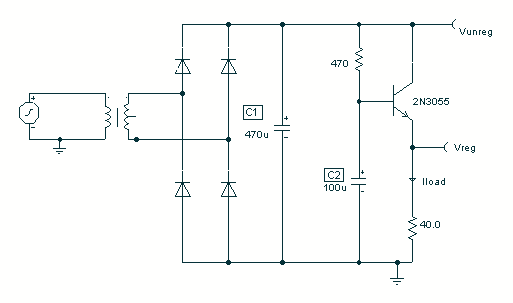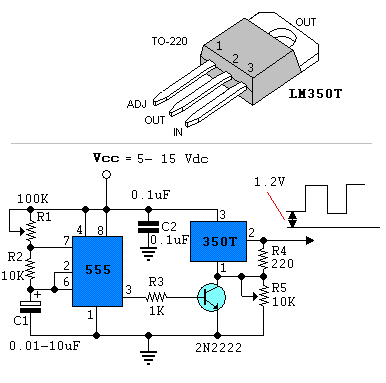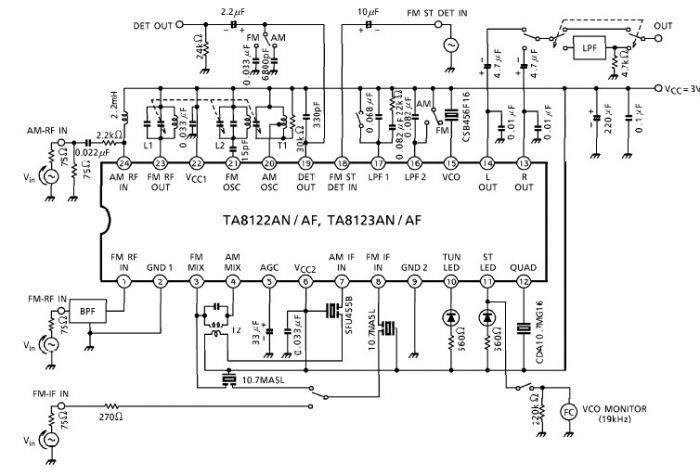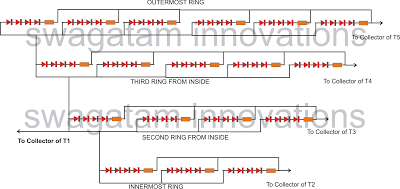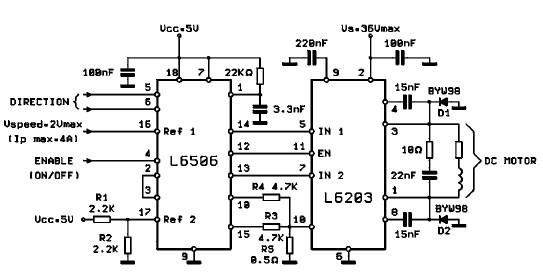
Camera Trip Circuit
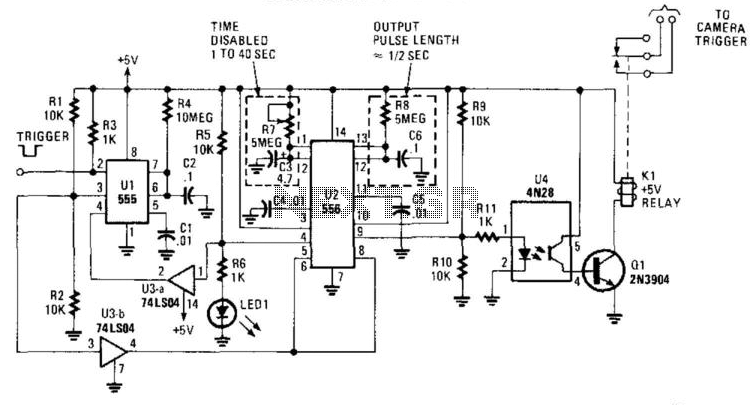
This circuit is designed to activate a camera shutter. Grounding pin 2 of U1 causes pin 4 of U1 to go high, which triggers both timers of the dual timer U1. One output maintains the reset (pin 4) of U1 in a low state to prevent U1 from accepting additional triggers, based on the time constant set by R7 and C3. This mechanism helps avoid wasting camera film. The other timer generates a half-second pulse to drive U4 and Q1, the relay driver. K1 is responsible for triggering the camera.
The circuit employs a dual timer integrated circuit (U1), which is typically a 555 timer or a similar variant. The grounding of pin 2 serves as the trigger input for the timer, initiating the timing sequence. When pin 2 is grounded, it causes an internal flip-flop within U1 to switch states, resulting in pin 4 transitioning to a high state. This high state output is crucial as it determines the operational readiness of the timer.
The configuration of resistors (R7) and capacitors (C3) establishes the time constant for the timer circuit. The values of R7 and C3 can be selected to control the duration for which pin 4 remains low, effectively determining the minimum time interval between successive triggers. This feature is essential for preventing the camera from being triggered multiple times in rapid succession, thus conserving film and ensuring proper exposure.
The second output from the timer is utilized to create a half-second pulse. This pulse is directed to U4, which functions as a relay driver. The relay (Q1) is activated by this pulse, allowing it to close the circuit connected to K1, which ultimately triggers the camera shutter mechanism. The relay acts as an intermediary switch, capable of handling higher currents than the timer output, ensuring reliable operation of the camera.
Overall, this circuit showcases a practical application of timing mechanisms in electronic devices, providing a controlled method for activating a camera shutter while safeguarding against unnecessary film exposure. The careful selection of components and their configurations facilitates precise timing and reliable performance in triggering the camera. This circuit was used to trip a camera shutter. Grounding pin 2 of U1 makes pin 4 of U1 go high. This triggers both tim ers of dual timer Ul. One output holds reset (pin 4) of U1 low to keep U1 from accepting another trigger, depending on the time constant of R7 and C3. This prevents camera film waste. The other timer is used to generate a 1/2-second pulse to drive U4 and Ql, the relay driver. K1 triggers the camera.
The circuit employs a dual timer integrated circuit (U1), which is typically a 555 timer or a similar variant. The grounding of pin 2 serves as the trigger input for the timer, initiating the timing sequence. When pin 2 is grounded, it causes an internal flip-flop within U1 to switch states, resulting in pin 4 transitioning to a high state. This high state output is crucial as it determines the operational readiness of the timer.
The configuration of resistors (R7) and capacitors (C3) establishes the time constant for the timer circuit. The values of R7 and C3 can be selected to control the duration for which pin 4 remains low, effectively determining the minimum time interval between successive triggers. This feature is essential for preventing the camera from being triggered multiple times in rapid succession, thus conserving film and ensuring proper exposure.
The second output from the timer is utilized to create a half-second pulse. This pulse is directed to U4, which functions as a relay driver. The relay (Q1) is activated by this pulse, allowing it to close the circuit connected to K1, which ultimately triggers the camera shutter mechanism. The relay acts as an intermediary switch, capable of handling higher currents than the timer output, ensuring reliable operation of the camera.
Overall, this circuit showcases a practical application of timing mechanisms in electronic devices, providing a controlled method for activating a camera shutter while safeguarding against unnecessary film exposure. The careful selection of components and their configurations facilitates precise timing and reliable performance in triggering the camera. This circuit was used to trip a camera shutter. Grounding pin 2 of U1 makes pin 4 of U1 go high. This triggers both tim ers of dual timer Ul. One output holds reset (pin 4) of U1 low to keep U1 from accepting another trigger, depending on the time constant of R7 and C3. This prevents camera film waste. The other timer is used to generate a 1/2-second pulse to drive U4 and Ql, the relay driver. K1 triggers the camera.
